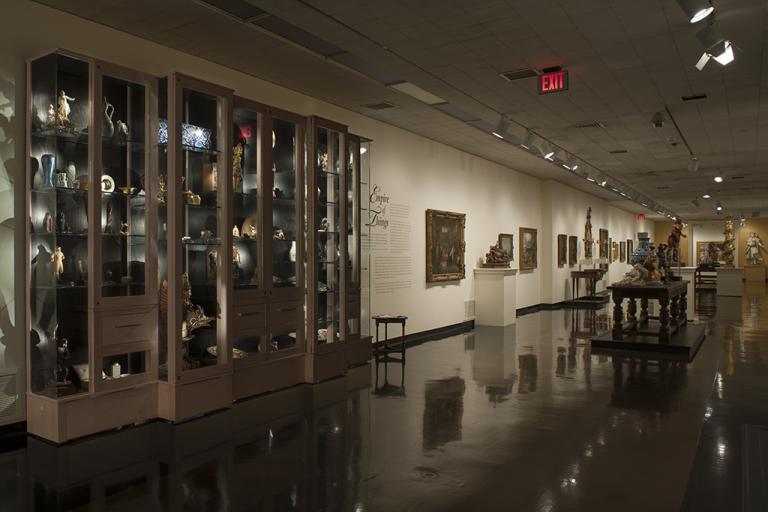dessert fork, Saint Cloud Manufactory
Artwork Overview

Saint Cloud Manufactory, artist
active circa 1693–1766
dessert fork,
circa 1710–1720
Where object was made: France
Material/technique: soft paste porcelain; silver
Dimensions:
Object Height/Width (Height x Width): 18.4 x 1.9 cm at widest point
Object Height/Width (Height x Width): 7.24 x 0.75 inch at widest point
Object Height/Width (Height x Width): 18.4 x 1.9 cm at widest point
Object Height/Width (Height x Width): 7.24 x 0.75 inch at widest point
Credit line: Gift of Pamela D. Kingsbury
Accession number: 2000.0155.a
Not on display
If you wish to reproduce this image, please submit an image request



